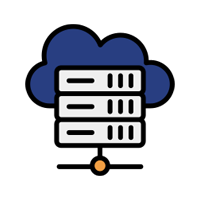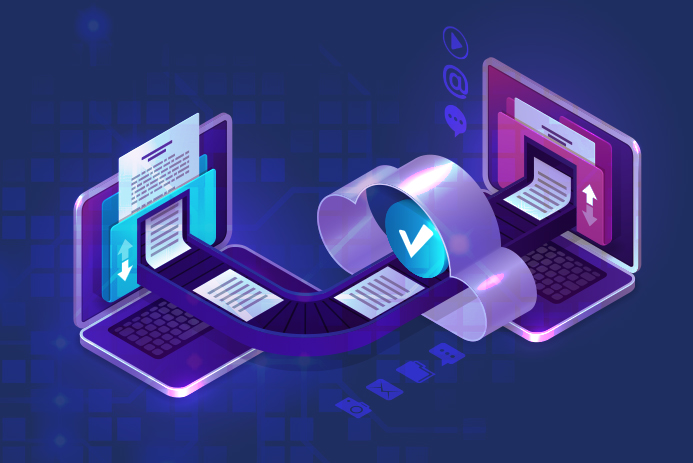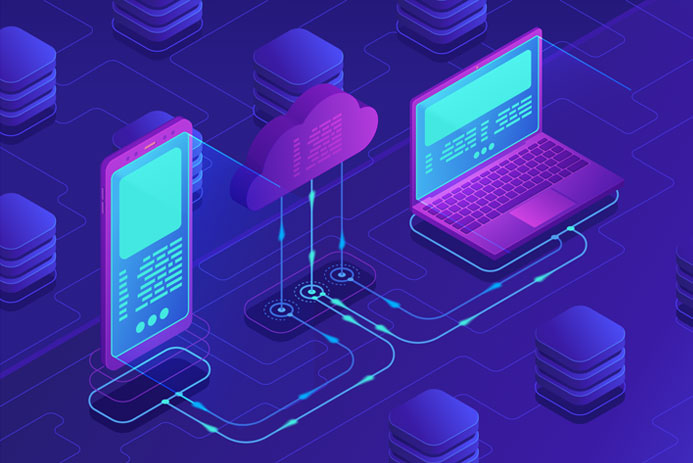Given the unprecedented situation that we are in, business organisations need to develop strategies that help them stay afloat and become resilient. While some businesses require out-of-the-box thinking, for others, it’s just about moving on from the conventional, legacy approach and adopting cost-effective solutions or services to address all types of their business needs.
We are aware that the Covid-19 pandemic has changed the entire paradigm of work. Remote working is now the norm than the exception. However, one critical challenge in the remote working scenario is backing up data on remote laptops and desktops. Given the increased threat scenario and the huge number of ransomware attacks, enterprises must have a robust and cost-effective strategy to backup data in the case of an unexpected crisis.
In many cases, enterprises do not test their backups regularly and find to their surprise that they cannot restore their data entirely in case of a hardware failure or a ransomware or malware attack. As a result, bad backups are common in the enterprise. One common reason for a backup failure is that the backup device has errors. In some cases, the entire data is not backed up; while sometimes, it is a plain human error, as many backup administrators miss essential alerts and do not act quickly if a backup fails in one of the servers.
If recovery logs are not sized properly, the transactions are not recorded when the recovery log reaches a specific capacity. Even for SaaS-based applications, there are chances of failure, and that’s why most SaaS service providers recommend their users to backup their content and data using third-party services or applications. No business must be held back by legacy IT or outdated data backup solutions in the digital age.
The need for an automated endpoint backup as a service
Today, critical business information is being created and stored on employees endpoint. With more users working remotely, there is a need for a solution that seamlessly schedules and backs up users’ data without their intervention. An endpoint backup as a service is perfect for the remote workforce era. It enables enterprises and users to quickly backup their laptop or desktop data without impacting any user productivity.
All it requires is a small backup agent that is installed on every remote device. Production data is processed by the backup agent software on remote devices and backed up through a data manager to cloud storage. A centralised server tracks all data management activity. End-users can access protected data using web browsers on any device.
An endpoint backup as a service must be considered a vital part of any business continuity or disaster recovery solution. By protecting end user data, enterprises can ensure that their remote data is protected and can be recovered in the case of any eventuality.
Some of the key benefits of an endpoint backup as a service include:
- Ability to restore data quickly: Enterprises and users can quickly restore their data from any browser-enabled device, as data of every machine is backed up. The self-service capability enables users to restore data on their own without any IT support. It also gives administrators the capability to restore data from a remote location.
- Increased security and data compliance: Enterprise backup as a service give enterprises the capability to improve security with key features such as zero-trust authentication, at-rest or in-flight data encryption and adherence to regulatory requirements such as HIPAA, GDPDR or ISO 27001. Administrators can also use the remote wipe functionality if the device is stolen, ensuring that no one can access sensitive data.
- Reduced burden on IT teams: Enterprise backup and recovery solution as specialised managed service players typically deliver a service. It automatically reduces the burden on IT staff tasked with monitoring and taking backups for remote devices.
- Legal compliance: From a legal point of view, sometimes data must be retained for corporate litigation, internal investigation, audit, or compliance. An enterprise backup solution simplifies this process for enterprises to search and restore information from backup archives.
- Reduced TCO: As the services are delivered using a pay-per-use model, it reduces the TCO wherein enterprises can save costs using an operating expenses (OPEX) model vis-à-vis the capital expenditure model (CAPEX). In addition, features such as de-duplication can help enterprises save bandwidth and storage-related costs.
In summary, endpoint backup as a service can safeguard your organisation data, offering IT Teams peace of mind.













